Adsorption is a powerful method for wastewater treatment. The adsorbent materials used are limited due to the high cost of production and for their difficult regenerability. This work aims to show the importance of reusing agricultural residues, transforming them into efficient adsorbent materials. Highlighting the growing interest in the subject through bibliometric analysis and punctuating the main preparation techniques with direction for specific characteristics desired in the materials, understood through the main techniques of physical and chemical characterization. It will also be shown the economic and quantitative relevance for Brazil of some agricultural crops of worldwide occurrence, as well as the potential of transforming their residues into adsorbent materials for the treatment of effluents. Finally, studies involving real effluents will be presented, corroborating the efficiency of these materials and the possibility of future industrial applications. This set of information presents the reader with a valuable amount of information about the real possibility of reusing agricultural solid waste as a powerful tool in the treatment of urban and industrial effluents, thus increasing reuse and attacking two important environmental problems.
- Autor/es: Kaline C. Vasconcelos,a Sabryna G. Alencar, Daniele V. Vich, a Leonardo M. T. M. Oliveira, Vanderson B. Bernardo, José Leandro da S. Duarte
- Año de publicación: 2023
- País: Brasil
- Idioma: Ingles
- Fuente de indexación: WOS



